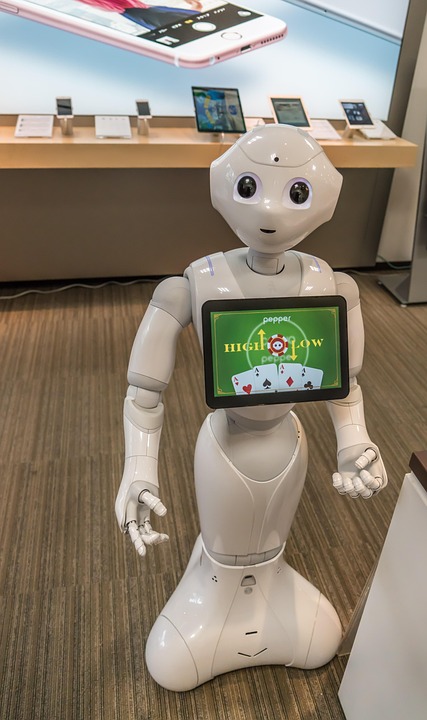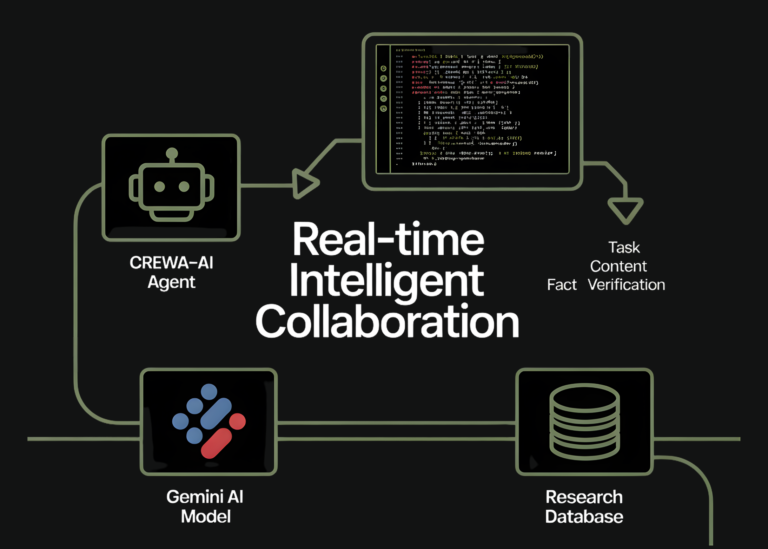AI Tools for Creating Interactive Presentations: Transforming How We Engage Audiences
In today’s fast-paced digital world, traditional static presentations are no longer sufficient to capture and maintain audience attention. Interactive presentations—those that incorporate dynamic elements like quizzes, real-time polls, animations, and personalized content—have become essential for educators, business professionals, and marketers. Artificial Intelligence (AI) is revolutionizing this space, offering tools that streamline the creation process, enhance engagement, and deliver data-driven insights. From automating design to enabling live audience interaction, AI is reshaping how we craft and deliver presentations. Let’s explore the benefits, key tools, and future possibilities of AI in interactive presentations.
The Rise of Interactive Presentations
Gone are the days of monotonous slide decks with text and images. Modern audiences expect engaging, immersive experiences. Interactive presentations allow presenters to involve their audience through gamification, real-time feedback, and adaptive content. This not only keeps viewers interested but also improves information retention and decision-making. However, creating such presentations often requires advanced skills in design, coding, or multimedia integration. AI tools are now bridging this gap, empowering users to build interactive content effortlessly.
Benefits of AI in Interactive Presentations
- Time Efficiency: AI automates repetitive tasks like slide layout, design suggestions, and content generation, saving hours of manual work.
- Personalization: Tools can tailor content to audience preferences, using data to adjust tone, examples, or pacing.
- Enhanced Engagement: AI-powered features like quizzes, animations, and real-time interaction make presentations more dynamic.
- Data-Driven Insights: AI analyzes audience reactions during live presentations, offering actionable feedback to refine delivery.
- Accessibility: Non-designers can create professional-quality slides with AI’s intuitive guidance, eliminating the need for advanced software skills.
Top AI Tools for Interactive Presentations
1. Canva with AI Features
Canva’s Magic Design uses AI to suggest layouts, colors, and fonts based on the content and theme of your presentation. Its AI-powered tools like AI Image Generator and Text to Design help create visually appealing slides with minimal effort. For interactivity, Canva integrates with tools like Slido for live polls and YouTube embeds for video content, making it a versatile platform for dynamic presentations.
2. Beautiful.ai
This tool leverages AI to automate slide design, ensuring consistency and visual appeal. Its AI Design Assistant recommends layouts and animations, while features like Interactive Charts and Embedded Videos allow presenters to add engaging elements. Beautiful.ai is ideal for users who want to focus on content over design.
3. Prezi
Prezi’s AI-driven Zooming Presentation technology creates fluid, narrative-based slides. The AI suggests transitions and layout flows, while its Interactive Canvas lets users add clickable elements, hyperlinks, and branching scenarios. This is perfect for storytelling and complex data visualizations.
4. Slido & Mentimeter
These tools specialize in real-time audience interaction. Slido enables live polls, Q&A sessions, and voting, while Mentimeter offers word clouds and instant feedback. Both integrate seamlessly with PowerPoint or Google Slides, turning passive audiences into active participants.
5. Visme & Zoho Show
Visme’s AI-powered Presentation Builder generates slides from text, while its Interactive Infographics and Dynamic Charts add depth. Zoho Show’s AI Draft suggests content and layouts, and its collaborative features let teams co-create interactive presentations effortlessly.
6. Microsoft PowerPoint (with AI)
Microsoft’s Designer and Ideas features use AI to suggest layouts, images, and animations. The Presenter Coach provides real-time feedback on speaking pace and eye contact, while PowerPoint’s AI-powered Live Comments enable audience interaction during live sessions.
How AI Enhances Interactivity
- Content Generation: AI tools like Copy.ai or Jasper help draft engaging text, while image generators like MidJourney or DALL·E create visuals on the fly.
- Design Automation: AI analyzes the content and automatically arranges elements, ensuring aesthetic appeal and logical flow.
- Real-Time Interaction: Platforms like Slido or Mentimeter use AI to process live feedback, enabling presenters to adapt their content dynamically.
- Analytics & Feedback: AI tools track audience engagement metrics (e.g., quiz scores, poll responses) and offer insights to improve future presentations.
Use Cases Across Industries
- Education: Teachers use AI tools to create interactive lessons with embedded quizzes or videos, making learning more engaging.
- Business: Sales teams leverage real-time polls to gauge client interest, while managers use dynamic dashboards to present data visually.
- Marketing: Marketers craft interactive case studies or product demos with branching scenarios, allowing audiences to explore content at their own pace.
Tips for Effective AI-Powered Presentation Creation
- Define Your Purpose: Start with a clear goal—whether to educate, persuade, or entertain—to guide AI tool usage.
- Use AI as a Supplement: Let AI handle repetitive tasks, but inject your unique voice and insights.
- Test Interactivity: Preview polls, animations, and transitions to ensure they enhance, rather than distract from, your message.
- Leverage Analytics: Use AI-generated feedback to refine your presentation and better understand your audience.
The Future of AI in Presentations
As AI technology evolves, we can expect even smarter tools. Imagine presentations that adapt in real-time based on audience reactions, or AI that generates interactive narratives from natural language input. Voice-to-text features might turn spoken ideas into slides, while NLP could simplify complex data into digestible visualizations. The future promises a seamless blend of creativity and technology, making presentations more engaging than ever.
Conclusion
AI tools are no longer just a luxury—they’re a necessity for anyone looking to create impactful, interactive presentations. By automating design, offering real-time engagement features, and providing data-driven insights, they empower users to focus on their message rather than the mechanics. As these tools continue to advance, the line between content creation and audience interaction will blur, ushering in a new era of dynamic communication. Whether you’re a student, educator, or corporate professional, embracing AI in your presentations can transform how you connect with your audience.







